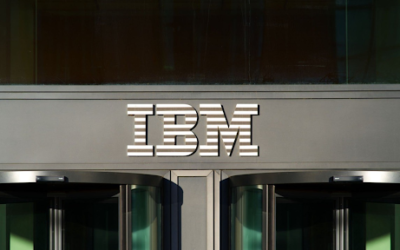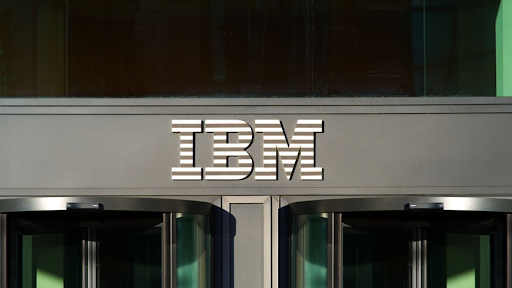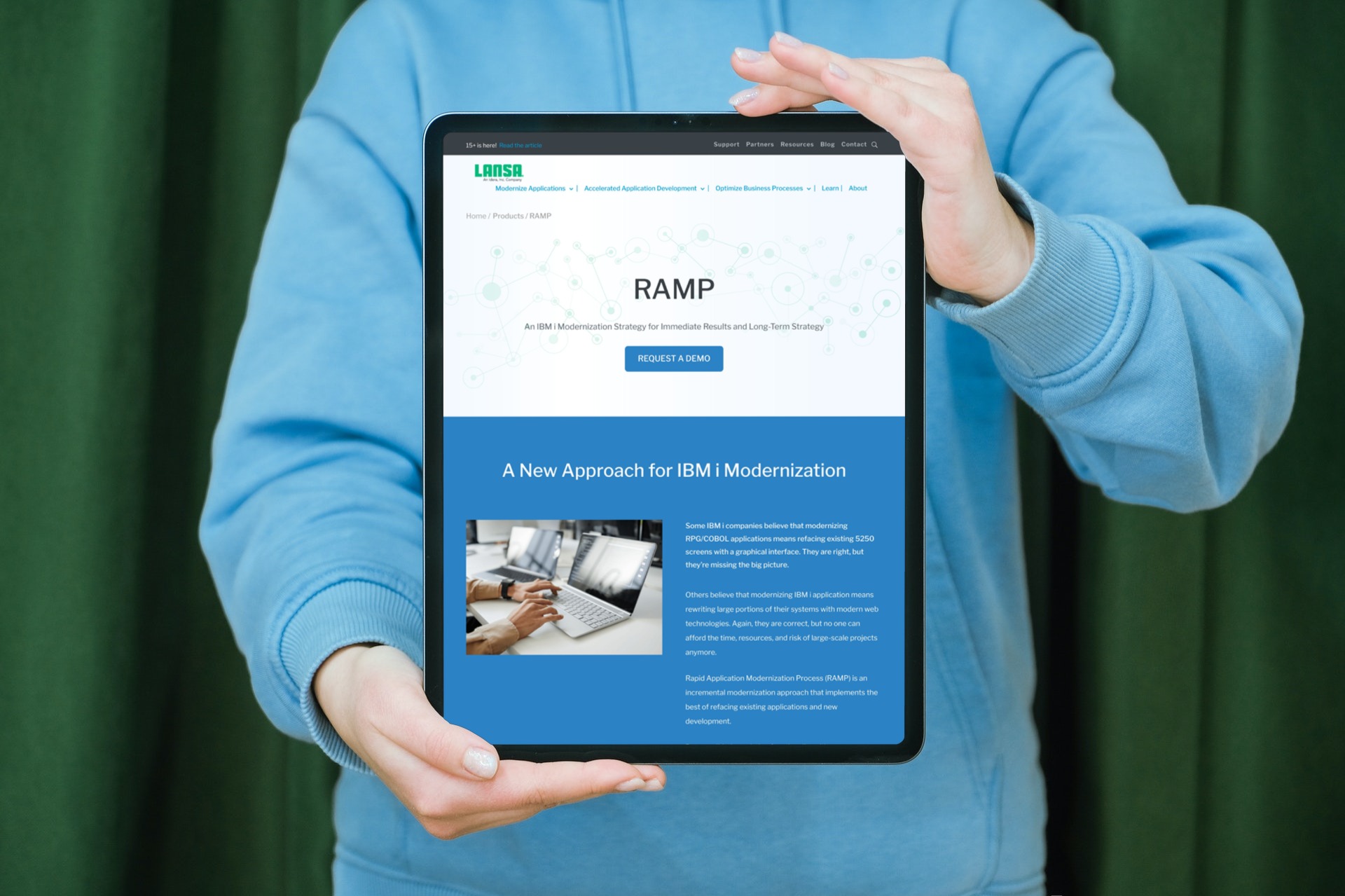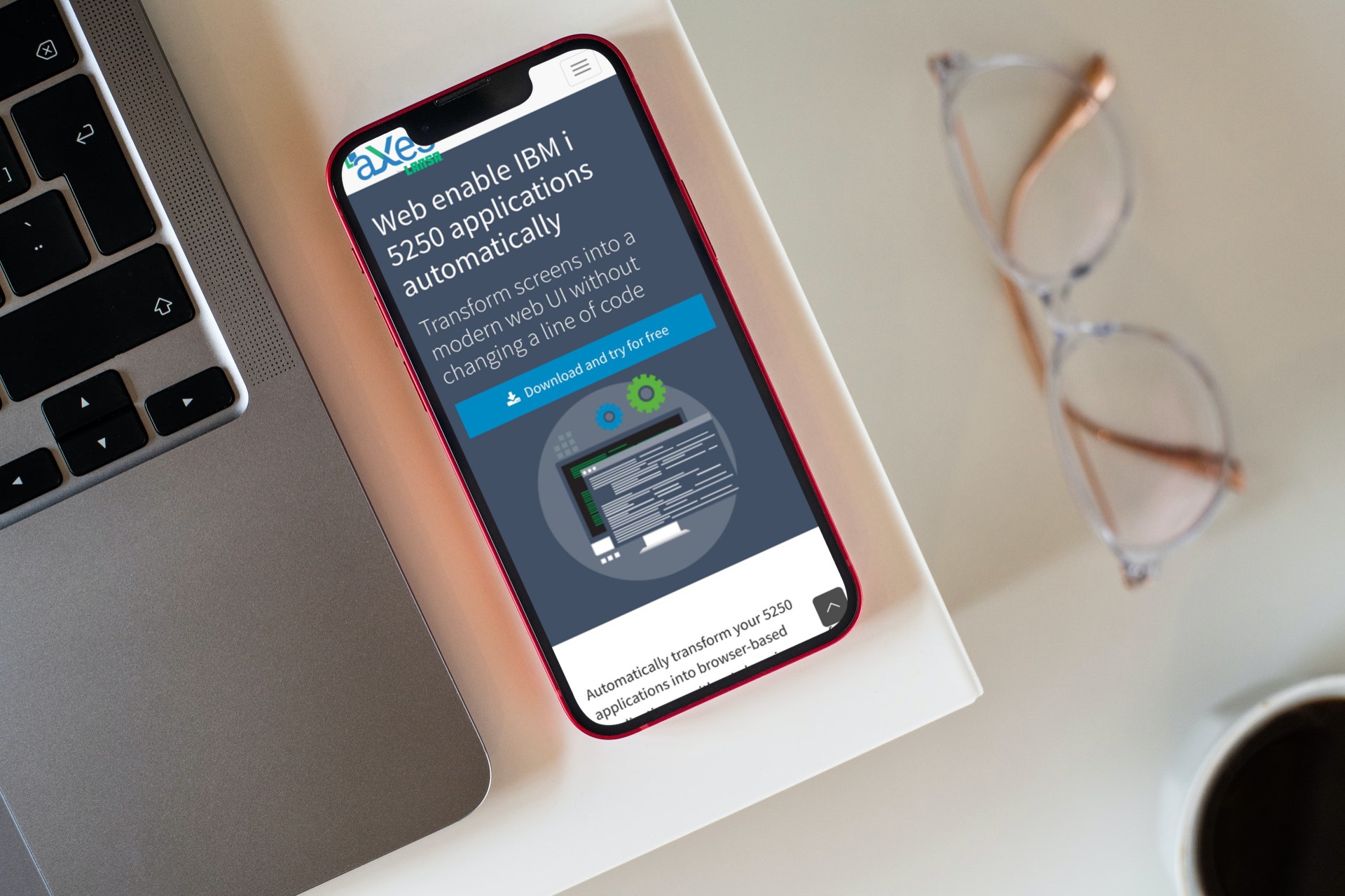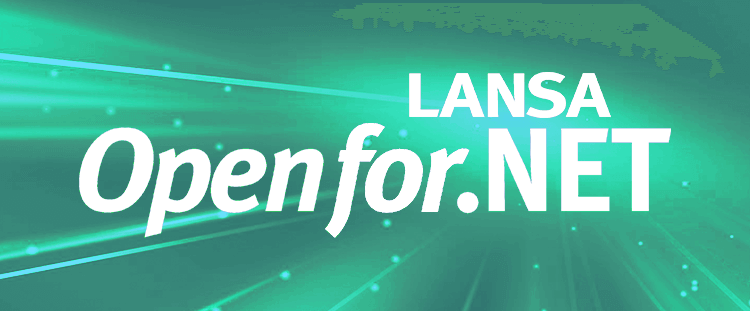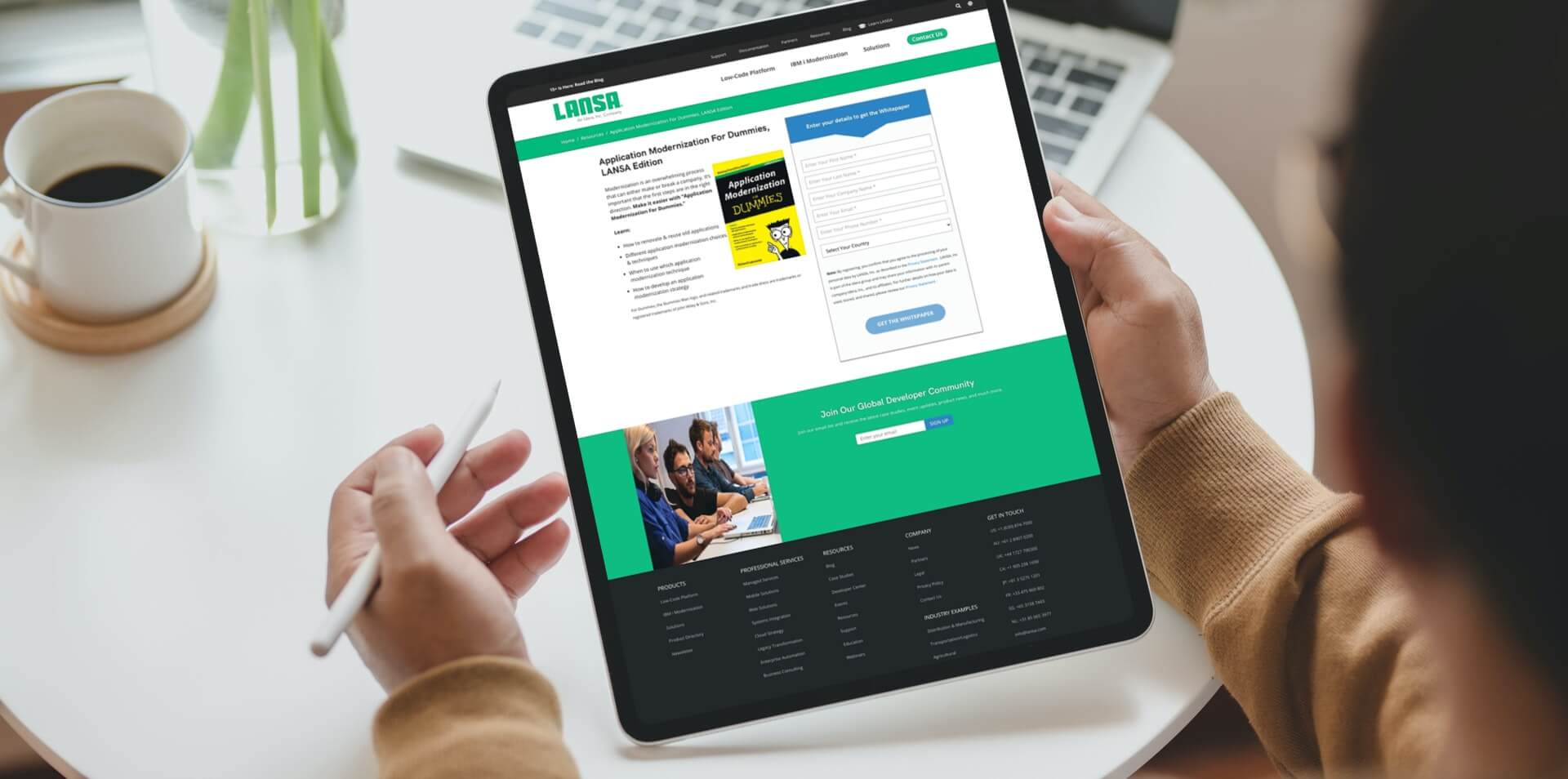In this world, there are two kinds of organizations: ones that believe in timely application modernization services for outdated IT solutions, and ones that follow the ‘if it ain’t broke, don’t fix it’ approach to enterprise technologies. The latter kind includes all companies across industries that continue to rely on legacy business apps and IT systems implemented decades ago. As a result, the first ones end up with powerful business instruments, while the other ones have to dig into the depth of legacy code and outdated software architecture.
If you think organizations relying on legacy IT infrastructure and business apps designed 30-35 years ago are exceedingly rare today, in the era of digital transformation, you are wrong. Tens of thousands of companies around the globe still use IBM i 5250 apps which could benefit from greater integration and automation. In fact, many of them aren’t looking for application modernization services even now for their IBM i green-screen applications.
Why are businesses hesitant to modernize outdated apps?
Such a conservatism when it comes to modernizing business applications and other elements of enterprise IT infrastructure is not surprising. Organizations tend to transform and adopt new technologies slower compared to individual consumers. The bigger organization is, the more heavy-footed and unwieldy it typically becomes.
The well-known strengths of IBM i platform and its 5250 apps can also be “blamed” for the fact that many long-time enterprise IBM i users are hesitant to look for application modernization services. Over the decades, IBM i has acquired a reputation as the most secure, cost-efficient and reliable enterprise IT platform. So it’s not surprising that many companies choose to stick with what works.
We at LANSA, a IBM i support provider on the market since 1987, know about the benefits of the IBM i platform better than anyone. We also share the enthusiasm of current IBM i users, the majority of whom don’t want to switch to other platforms and are often planning to extend their IBM i infrastructure in coming years.
Legacy-related business problems to fix with application modernization
That being said, however, having such an abundance of first-hand experience with legacy application modernization services, we are seeing over and over again that having ‘if it ain’t broke, don’t fix it’ approach when it comes to IT infrastructure almost never ends well.
In other words, not modernizing business applications and other elements of internal IT systems in a timely manner, more often than not, leads to serious operational issues and business losses long-term.
Here are several specific legacy-related business problems we witness most often. These examples should be enough to convince any corporate IT conservator that postponing the modernization of legacy business apps is no longer an option.
No ability to adapt to rapidly changing market conditions
Recent events causing global economic turbulence, such as the COVID pandemic, have shown us that flexibility and agility are indeed playing an increasingly more important role in the modern-day economy. Organizations that are able to transform their business processes and rapidly adapt to changing market conditions get an edge over the competition. Using legacy IT solutions is actually one of the biggest factors limiting the ability of an organization to adjust business processes.
Low developer productivity
Consistently declining productivity of software developers and internal IT teams/departments is a typical companion of companies stuck in legacy. The need to support outdated software has a tendency to absorb a greater proportion of developers’ time over the years. As a result, developers are busy maintaining old code instead of building something new.
Catch-22 of business and IT innovations
The previous example is also a good illustration of how turning a blind eye to legacy application modernization leads to a catch-22 situation, preventing organizations from introducing any IT innovations at all. In this case, IT resources that could be used to implement innovations are instead spent on maintaining legacy tools. Very often, it can be difficult for a company to break this vicious cycle internally, without utilizing third-party IT solution providers for application modernization services and other projects.
Difficult to connect business apps to third-party tools and platforms
Another distinctive feature of today’s business environment, compared to earlier decades, is the trend for integration of various IT solutions. As well, the connection of enterprise systems to external tools and services also poses difficulties. Legacy systems belong to a different era of monolithic standalone business apps such as IBM i’s 5250 green screens. Integrating them with modern-day systems without serious modernization typically is impossible.
Lack of IT talent
Finally, it isn’t unusual for companies using legacy software to experience considerable problems finding and hiring qualified developers and other IT specialists. The population of developers experienced with RPG programming language, used for the development of original IBM i business apps, is rapidly shrinking as they increasingly retire due to old age. Young generations of programmers understandably aren’t interested in learning RPG and other legacy software development technologies. Actually, challenges with hiring developers for legacy maintenance is often what forces many businesses to start modernizing their IT infrastructure.
What are LANSA’s legacy application modernization services?
We at LANSA specialize in maintaining, modernizing, or migrating away from outdated technologies that hamper business. Having more than 35 years of experience with IBM i platform and legacy enterprise software, we offer our clients application modernization services with a custom approach and full-spectrum support of their legacy transformation strategy. We know how to quickly stabilize legacy systems and establish low-cost maintenance to ensure business continuity.
Additionally, LANSA has its own low-code platform and a unique set of tools for easy business apps development and modernization in-house.
Visual LANSA for rapid low-code app development
Visual LANSA is a low-code, rapid application development platform for building enterprise-grade mobile, web and desktop apps. LANSA’s platform has been a key component powering the successful delivery of IT-infrastructure modernization projects for hundreds of organizations throughout the years. Utilizing Visual LANSA allows organizations of all sizes to use existing development resources to build new apps and integrate them with other parts of their IT systems.
Using LANSA’s high-level language, the same skills can be applied to write client-side code, server-side code, and everything in between. LANSA saves organizations the expense of hiring specialized software developers to deliver an application modernization project or create a new app. It allows developers with limited skills and experience to contribute to the app creation process without worrying about the technical aspects.
LANSA incorporates a variety of powerful tools, including several instruments created exclusively for the IBM i platform. The goal is to make the modernization of IBM i apps and related systems as easy as possible.
aXes for IBM i apps modernization
One unique tool, created for IBM i users, is aXes, a tailor-made solution designed to automate the creation of web-enabled IBM i applications. It allows organizations to easily transform their existing IBM i 5250 apps into web pages out-of-the-box, without changing source code.
aXes includes an API that allows developers to create programs able to automatically operate applications written with RPG or COBOL. Additionally, applications can use aXes to simulate the action of entering data on screens in an IBM i application. This feature makes it possible to integrate existing 5250 apps with .NET, Java and other platforms without changing their source code. aXes caters for a wide range of automation options with versions of the API for .NET for Windows, Java for IBM i and Windows, and RPG for IBM i.
Portalize for app portals creation
Portalize is a fully functional and customizable portal framework loaded with powerful security and access control elements. By providing pre-made portal components, Portalize simplifies the creation of app portals. Also, it saves your developers from the need to code complex portal features.
The framework incorporates a wide range of pre-built administrative features that can be integrated into a modernized business app. Admins can easily manage user accounts, and they have full control over security and notification settings. They can control session logging as well as turn Google Analytics on or off at will. Whether you have a few or a thousand users, Portalize’s admin features make keeping control of your portal’s users simple.
Portalize allows you to enable request validation checks for enhanced security. As well as IP monitoring and banning to reduce attempts and thwart attacks; set login attempts; and have full control over the number of security questions or the actual questions asked.
Ready for you free guide to application modernization?
Modernization is an overwhelming process that can either make or break a company. That’s why planning and strategizing for business apps modernization is so important. We combined all the fundamental knowledge about the enterprise apps modernization in one white-paper titled “Application Modernization For Dummies, LANSA Edition.” You can download it for free on this page.
Need professional expertise and legacy application modernization services with guaranteed business benefits? Get in touch with us to start the transformation of your IT infrastructure without further delays.




